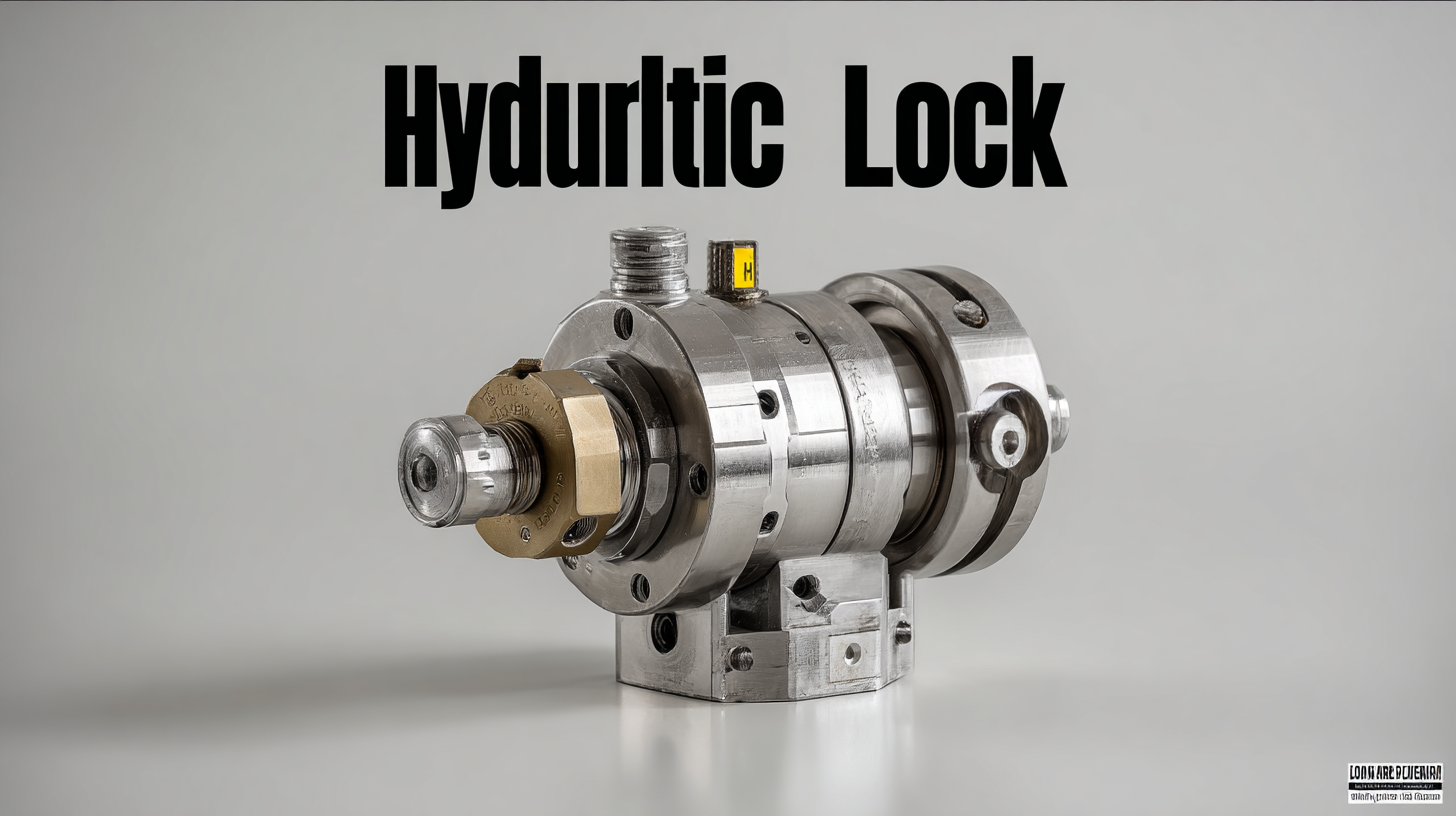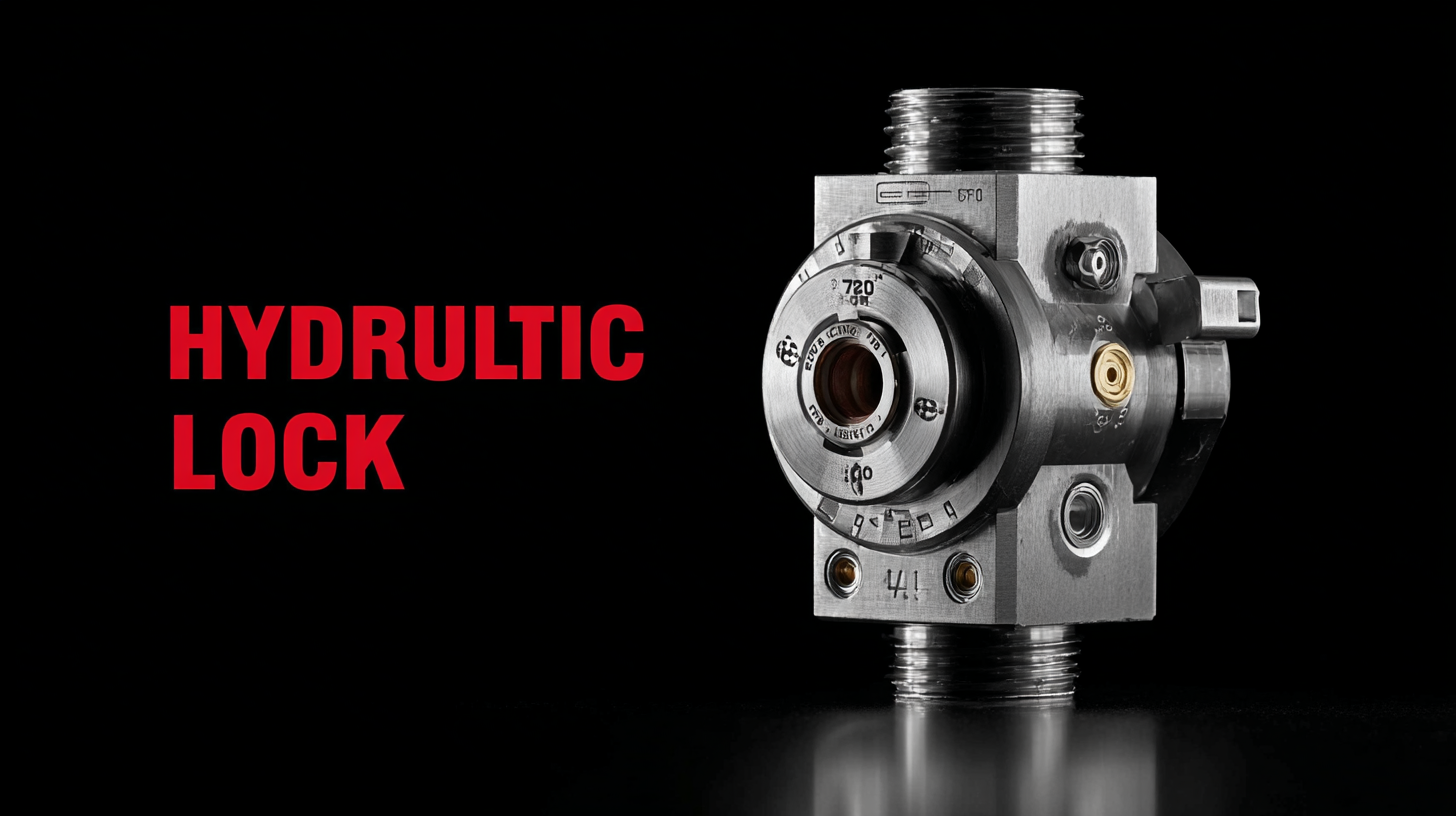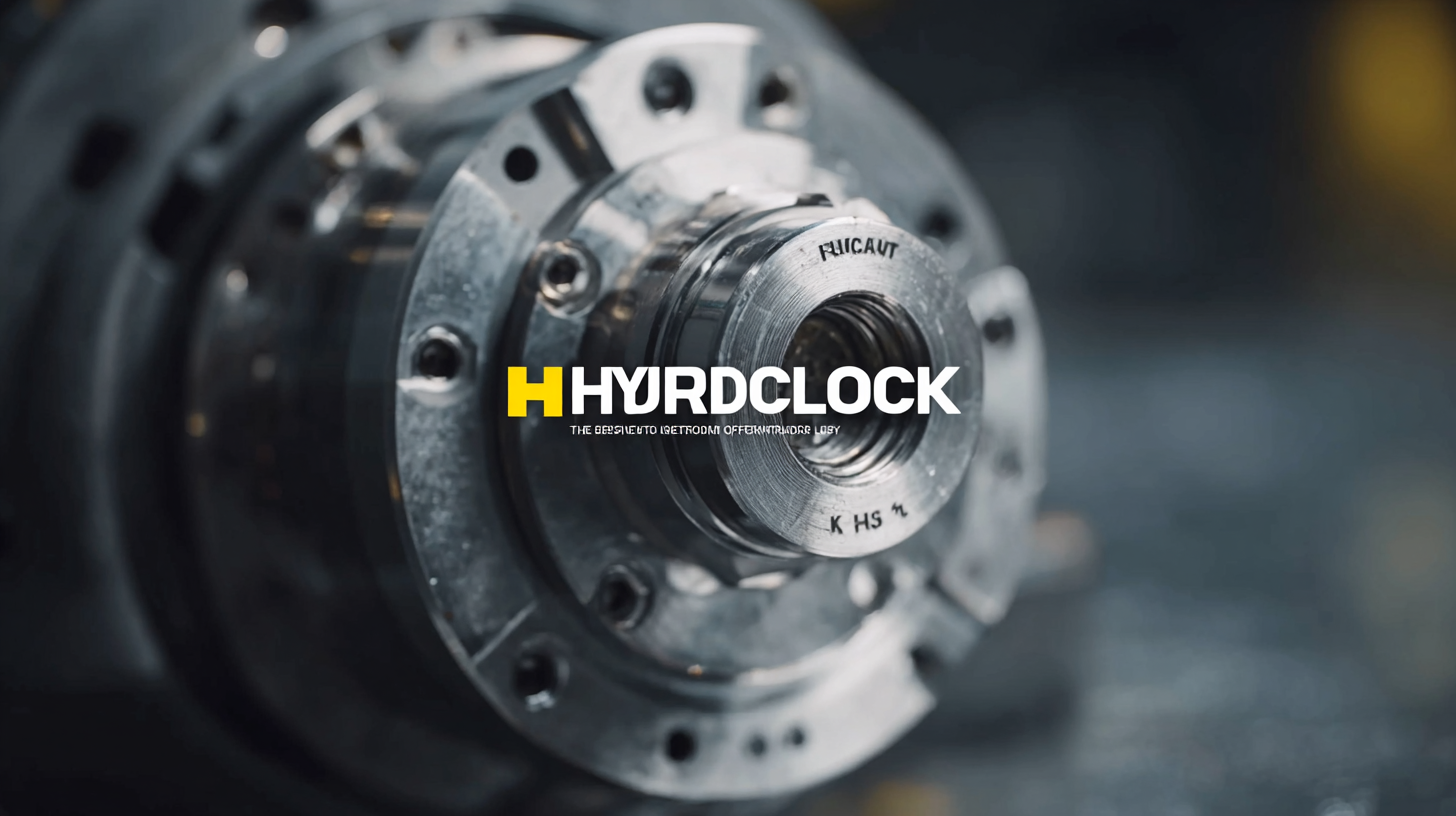Hydraulic Lock technology has revolutionized the way industries approach performance optimization, providing solutions that address some of the most pressing challenges faced in hydraulic systems. As equipment becomes more complex and the demand for efficiency increases, problems such as mechanical failure, fluid loss, and operational inefficiencies often arise, leading to costly downtime and reduced productivity. This blog will delve into the various issues associated with traditional hydraulic systems and how the implementation of advanced Hydraulic Lock solutions can mitigate these challenges. By exploring effective strategies and best practices, industries can harness the full potential of their hydraulic systems, ensuring optimized performance and reliability in operations. Join us as we uncover the transformative impact of Hydraulic Lock technology on enhancing performance and resolving common hydraulic issues.

Advanced hydraulic lock systems have emerged as a pivotal solution in optimizing equipment efficiency across various industries. These systems not only enhance performance but also ensure that equipment operates safely and reliably under a myriad of conditions. By incorporating innovative hydraulic technology, manufacturers can achieve precise control over operations, minimizing the risk of mechanical failure and downtime.
One of the key benefits of modern hydraulic lock technology is its ability to provide immediate engagement and disengagement of machinery, which can significantly streamline processes. This responsiveness reduces the need for excessive manual intervention, allowing operators to focus on productivity rather than troubleshooting. Moreover, the integration of smart sensors and automated systems further enhances the capability of hydraulic locks, enabling real-time monitoring and adjustments to improve overall efficiency.
In an era where operational excellence is paramount, adopting advanced hydraulic lock systems is not just a choice but a strategic necessity. As industries continue to strive for optimized performance, the role of hydraulic lock technology will be crucial in achieving sustainable and effective machinery operations. Embracing these advancements not only boosts productivity but also extends the lifecycle of equipment, ultimately leading to cost savings and increased competitiveness in the marketplace.
| Feature | Description | Efficiency Improvement (%) | Installation Cost ($) | Maintenance Frequency (years) |
|---|---|---|---|---|
| Automatic Locking | Ensures system is secured without manual intervention. | 25 | 2,500 | 4 |
| Pressure Regulation | Maintains optimal pressure to enhance system performance. | 30 | 3,000 | 6 |
| Leak Detection | Identifies and locates leaks to prevent downtime. | 20 | 1,800 | 5 |
| Energy Recovery | Recovers energy during system operation to reduce consumption. | 40 | 4,000 | 3 |
| Durability | Long-lasting materials minimize wear and extend service life. | 35 | 2,200 | 7 |
In modern engineering, enhancing safety protocols is paramount, particularly when it comes to the deployment of hydraulic lock mechanisms. These reliable systems not only ensure stability but also protect both operators and machinery from potential hazards. The latest developments in hydraulic technology have paved the way for innovative solutions that optimize performance while prioritizing safety. Implementing advanced hydraulic locks can significantly reduce the risk of accidents, ensuring that operations remain smooth and secure.
Tips for ensuring the effectiveness of hydraulic locks include regular maintenance checks. Ensuring that the hydraulic fluid is at the correct levels and free from contaminants can prolong the lifespan of the locking mechanism. Additionally, conducting routine inspections to identify any signs of wear or malfunction can prevent unexpected failures during critical operations.
Another aspect to consider is the integration of training protocols for staff who interact with hydraulic systems. By providing comprehensive training on the use and maintenance of hydraulic locks, companies can foster a safety-first culture. Emphasizing the importance of these safety protocols ensures that employees are not only aware of the mechanisms in place but also understand their vital role in safeguarding operations.
Hydraulic locks are critical components in fluid power systems, playing a significant role in maximizing energy conservation. By minimizing hydraulic leakages, the best hydraulic lock technologies can dramatically reduce system inefficiencies. According to a report from the International Journal of Fluid Power, ineffective hydraulic systems can suffer from energy losses of up to 30% due to leaks and pressure drops. Therefore, adopting advanced hydraulic lock practices not only ensures optimal performance but also translates into substantial cost savings and reduced energy consumption for industries.
Incorporating high-quality hydraulic locks with precise sealing mechanisms can lead to a remarkable decrease in energy wastage. Research indicates that implementing state-of-the-art hydraulic locking solutions can improve operational efficiency by nearly 25%. Furthermore, regular maintenance and timely upgrades to locking technology can extend the lifecycle of hydraulic systems, as evidenced by a survey from the Fluid Power Manufacturers Association, which states that systems using the latest hydraulic lock technologies report 40% fewer maintenance costs over their operational lifetime. This data underlines the importance of adopting best practices in hydraulic lock technology to achieve sustainable energy conservation in various industrial applications.

Hydraulic locks play a crucial role in optimizing performance across various industries, particularly in reducing downtime and maintenance costs. According to a recent report by the International Journal of Hydraulics, implementing advanced hydraulic lock technology can decrease maintenance interventions by up to 30%. This reduction in needed repairs is largely due to the locks’ ability to provide consistent performance and reliability, minimizing the wear and tear that can lead to unforeseen breakdowns.
Moreover, the adoption of hydraulic locks can significantly impact operational efficiency. A study by the Hydraulic Industry Association indicates that businesses have achieved up to a 50% reduction in equipment downtime when utilizing modern hydraulic locks. This is primarily because these locks ensure more effective load handling and control, which leads to fewer operational interruptions and a smoother workflow. As industries strive to enhance productivity while controlling costs, investing in hydraulic lock technology emerges as a key strategy for achieving long-term operational success.
Hydraulic lock technology has significantly transformed performance metrics across various industries. Recent statistics reveal that companies implementing hydraulic locks have experienced, on average, a 20-25% increase in operational efficiency. This improvement is attributed to the technology's ability to maintain pressure and minimize hydraulic fluid loss, leading to smoother operations and reduced downtime. Furthermore, industries that leverage this technology report a decrease in maintenance costs, as hydraulic locks are designed for durability and reliability.
Tip: When integrating hydraulic lock technology, ensure that your team undergoes comprehensive training. Understanding the operational nuances can lead to even greater performance gains, as employees will be better equipped to troubleshoot issues and optimize usage.
Another critical insight from the industry statistics is that organizations using advanced hydraulic lock systems can achieve a 30% reduction in energy consumption. This not only boosts overall productivity but also contributes to sustainability goals by reducing the carbon footprint associated with excessive energy use.
Tip: Regularly monitor and analyze performance metrics post-implementation of hydraulic locks. This ongoing evaluation allows businesses to identify further optimization opportunities and adjust strategies accordingly, setting the stage for continued improvement and innovation.

